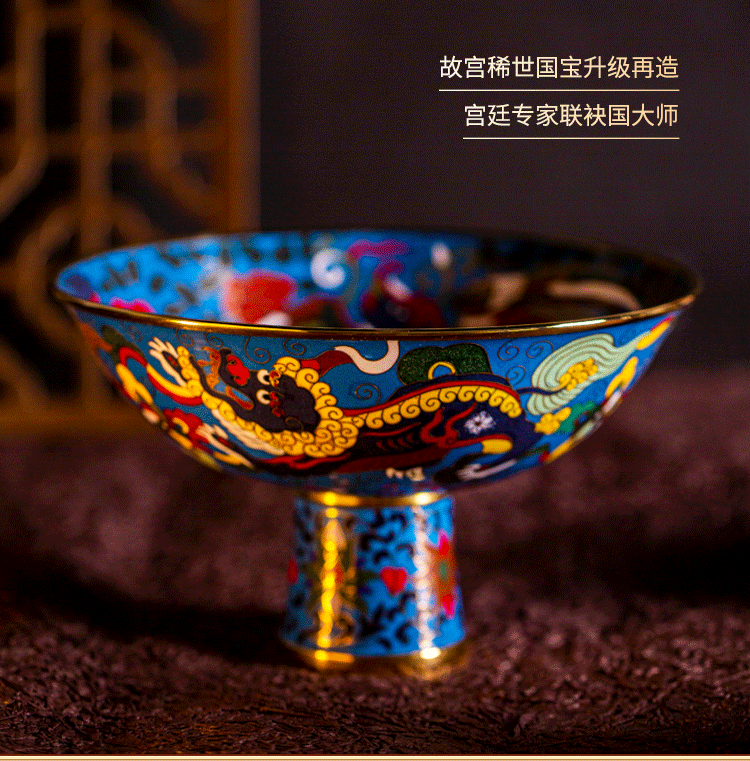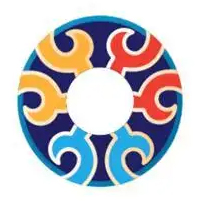Cloisonne : L'origine et les caractéristiques de l'art.
Le cloisonné est une technique d'émaillage filigrane principalement en bleu. Son nom est lié à l'influence culturelle du Moyen-Orient et des régions arabes en Chine. Dans la culture arabe, le bleu est une couleur prédominante. Pendant la période Jingtai de la dynastie Ming, le cloisonné a connu un développement sans précédent et est devenu une forme d'art splendide et éblouissante.
Le Musée chinois et étranger du cloisonné
The China and Foreign Enamel Art Museum, formerly known as the China and Foreign First Industrial Art Museum under the Ministry of Culture and Tourism, is now dedicated to the inheritance and dissemination of China's intangible cultural heritage of enamel art, and the promotion of the integration and development of Chinese and foreign enamel art. This museum serves as a crucial platform for showcasing and exchanging artworks made with techniques such as copper-wire cloisonné enamel (commonly known as "Jingtai Blue"), painted enamel, and polychrome enamel.
The Artistic Value of the 'Filigree Enamel Lion Play Pattern High Foot Bowl'
The 'Filigree Enamel Lion Play Pattern High Foot Bowl' is a meticulously replicated artwork based on Qing Dynasty filigree enamel artifacts housed in the Palace Museum. It represents the highest level of royal art and is also an art piece of great significance in terms of preservation and value inheritance.


